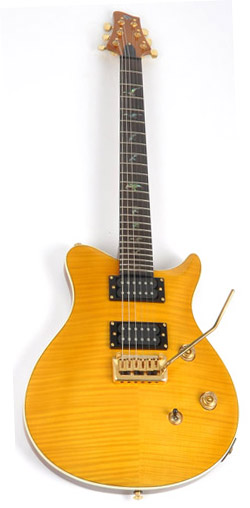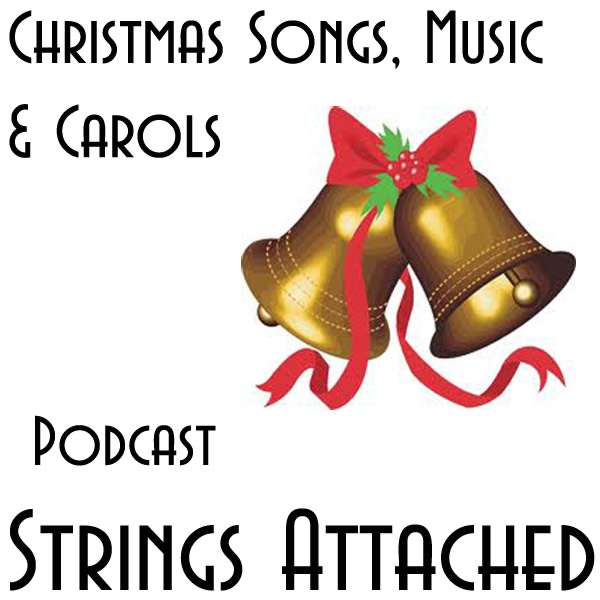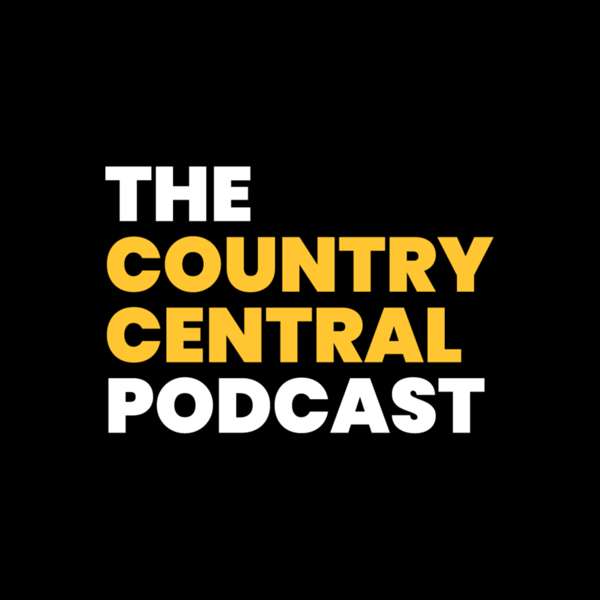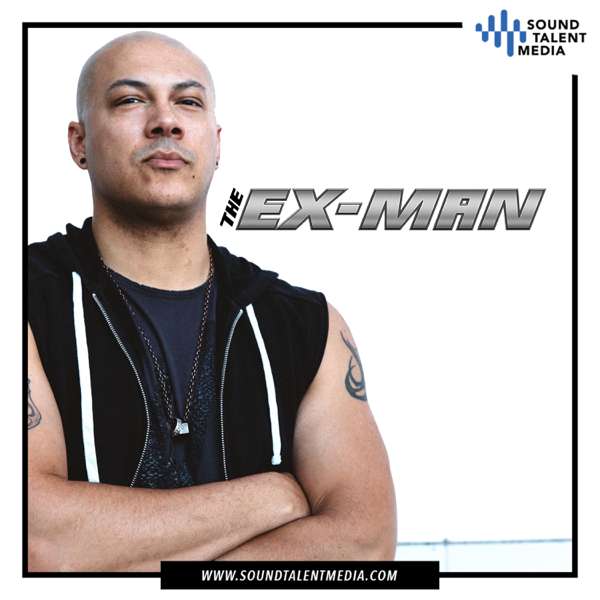EZMix Review

What follows is a text based review of the new EZMix product released by Toontrack. I would like to thank them for them sending me a copy for review.
EZMix is a liberating and at the same time frustrating product. It's a product that will be perfect for some and will drive others crazy with it's limitations.
First I need to set the stage by describing my own personal background and use case. I am a home hobby musician, who records music purely for the fun of it. My operating mode is to find something that works (a sound, a product, FX Chain or technique) and stick with it, I really don't like to tinker that much so in principle EZMix should be perfect for me. I do use Line6 products for modeling and hence a number of my tracks, most commonly guitar, are recorded with effects already applied. I usually record bass, vocals and keyboards relatively clean. I use mostly clean drum loops or VSTs for drums.
So this is where the first issue arises. I think the product name and the marketing are a little misleading. Even though I now realize it was impossible, I imagined this as some kind of product that I could apply to my project and it would give me a great mix. A magical mastering tool. In reality it really isn't a mastering tool at all, though there are a few presets and it could be used that way. Most of the time the intention is to apply the effects to clean, or in the case of guitars, post amp tracks and to control them by applying EQ, Compression and other relatively simple effects. The result is that in a project like mine, with 40 different tracks I have to apply EZMix separately to every track and choose how to process it.
Lets take a step back to summarize the product. You can find lots of details at the Toontrack site. http://www.toontrack.com/products.asp?item=69 including the video shown below. It costs $69 and is purchased via a download. You buy the product, then download it and activate it on first use. You can have it active on two computers at any time, and you can add and remove computers from your account up to five times. The product installs easily and automatically is added to the folders necessary to make it work on your PC (providing you haven't gone all non standard on your VST folders). I use Reaper and it showed up first time with no issues.
EZMix uses sixteen different effect types (listed towards the end of this article) that are combined in various combinations to create the presets provided by the product. These effects are not really modeling based, there are no guitar amps etc, but are more post processing based. Your ability to customize these presets is very limited. There are three controls two of which behave differently depending on the preset you are working with, the third one sets the volume level. The UI is presented very nicely and is easy to understand and follow, once you have selected a preset a window shows you what is included and what the control sliders are set to. You can modify the sliders to get a sound you like then save the preset with your own name. You can also click any preset and flag it as a favorite for easy access.
EZMix seems very low CPU intensive. I ran a project where it was running around fifteen times on different tracks, including two copies on a single track and Reaper reported minimal increases in CPU usage on those tracks.
I have not counted them but EZMix comes with a lot of presets, probably a couple of hundred. This is both a bonus and a disadvantage. To truly be EZ that's too many, you still have to search through and many of them are meaningless without some knowledge (for example "LPF 12dc OCT" really can't qualify as EZ). In addition many of them are useless in a popular music based production, such as all the bit crushing related presets. Presets are categorized into sections such as "vocal", "Bass" etc and are easily searchable but so many of them fall into the category of "All" that it's a little confusing. I think this would best be dealt with by the user spending some time to work through them for each instrument and favoriting the one's they like, allowing for a bit more EZ access.
So how do they sound ? Well I hope to have an audio review soon for you to hear for yourself but I'll try to cover it hear. Again my disclaimer, I really am no sound expert. I can make these tools work but at the heart of it I really don't have a great understanding of how everything works. I tried the effects on various instruments. I will provide a summary for each one and talk about how it sounds against my normal approach. In all cases I took the presets and used the sliders to modify to taste.
Bass has always been a problem area for me. I have a cheapo bass, can barely play it and I don't believe that Line6 provides a great bass setup from it's standard offerings (not including the bass pack). I tend to record my bass relatively clean then add a little EQ and compression in Reaper. The bass presets in EZMix made a great improvement. I forget now exactly which one it was but I felt I found the perfect bass sound for a recent song by using it, there is plenty of variety of choices also.
Electric Guitar usually I record electric guitar with extensive effects already applied and rarely do much in the mix beyond cutting low frequencies. To that end I didn't find much to use in the EZMix setup that helped the guitar too much other than the limiting and EQ based sets.
Acoustic Guitar usually recorded pretty clean and some reverb, EQ and compression added. I found the EZMix Acoustic presets to do a good job and I would definitely use them again.
Drums Most often I use audio loops with minimal effects. I then add some reverb, EQ and a I use the Camel Crusher plugin to, cleanly, beef it up. I didn't really feel like I found an EZMix plugin that really helped too much with the drums. I suspect I need to spend more time in this area. It was the first section I tried and I really didn't try that hard.
Keyboard (Piano) Usually recorded from a Yamaha home keyboard through the Toneport with some reverb and compression. I did not find the EZMix presets to have a significant impact on these tracks.Vocals This was the real winner. I used to double track all my vocals to thicken them up but about a year ago I switched to using a delay to do that tasks. My vocals are always recorded clean then I use EQ, Compression, a stereo delay and sometimes reverb to beef them up. I applied one of the delay based vocal presets from EZMix and thought I had matched the sound well. However listening to my original mixed tracks back to back with the EZMix version I found the EZmix version significantly better and once the full mix was played back the vocals sounded great.Mastering Starting out I misunderstood EZMix as a mastering tool, in truth it really is not but it does provide four mastering presets. Usually I master using PSP Vintage Warmer. I am not really knowledgeable of how it works and just use a preset to limit and "warm" (whatever that means). I found the EZMix mastering presets (at least one of them) to do a great job of achieving the same thing (for much less cost).
An area of weakness for me, mostly based on my mixing habits, is that I like to clean a mix near then end by cutting frequenicies on tracks to allow them to sit together. For example I tend to cut everything less than 200hz on everything but drums and bass and I cut most tracks except vocals around 2khz. I found using EZMix difficult for this since I didn't really know what all the presets were doing.So should YOU buy this product. It's $69 in the US, around 45 Euro's. It's definitely a question for you to answer for yourself as it is definitely not the answer for everyone. People consider this good value, and it is when compared to the Waves bundle or PSP Warmer, but less so when you consider you can purchase Reaper or Mixcraft for less and these products come with many many effects and more. If you believe it's the answer to all your problems you might be disappointed, if you believe you can use it with no knowledge of mixing or no work you'll be disappointed. But if you believe it will solve some problems in specific cases then it could be perfect for you as another weapon in your arsenal. For me it's improvements in bass and vocal processing were outstanding, it's mastering an added bonus. Others may find other parts of it very useful. If you like to spend money to improve your sound then this is good value and will help you. If you're a cheapskate then I don't believe you will feel you got your value from this product.One final note. While I understand the reasoning it is a shame that Toontrack has decided not to provide a limited demo of this product.You can find this and more like it on the home page for our weekly home recording and songwriting podcast at
www.homemadehitshow.comEZmix includes the following effects type:Overloud: A tone enhancer processor which adds warmth and vibrance to the tone by
a combination of compression, EQing and harmonic generation.
Parametric EQ: 5-band parametric equalizer for tone shaping of the signal.
LPF (Low pass flter): A low pass flter passes (allows through) low frequencies whil
attenuating high frequencies.
HPF (High pass flter): A high pass flter passes (allows through) high frequencies
while attenuating low frequencies.
Compressor: A compressor is used to reduce the dynamic range of the audio signal,
typically with a ratio of 2:1 to 9:1. A compressor ratio of 9:1 means 9dB goes into the
compressor and results in 1dB out.
Limiter: Similar to a compressor but with a ratio of 10:1 or higher.
Bit Crusher: Reduces the bit resolution (ex. 16-bit to 8-bit) and simulates a lower
sampling rate resulting in a distorted type sound.
Transient: Shapes the signal by exaggerating or attenuating the transient (attack) and
the tail (sustain) of the signal.
Frequency Gate: Used to control the level of the audio by only passing signal above
the threshold. It is also affected by a HPF or LPF.
Tape Simulator: Simulates the effects of a tape recorder including bias, tape speed,
and wow and futter.
Chorus: Simulates the effect of multiple identical instruments playing the same part
(for example, 3 violins playing in unison). It results in a shimmering and thickening
effect to the sounds.
Inverse Reverb: Produces a reverb sound that fades into the original sound as
opposed to a traditional reverb that fades out.
Hall Reverb: Provides the sound of a ‘Hall’ type acoustical space.
Tape Delay: Produces an echo type effect. Typically a tape delay results in echoes that
get increasingly more distorted with each echo.
Filter Delay: Produces an echo effect where the frequency of the echoes can be adjusted.
This allows the echoes to react to different frequencies from the original signal.
Distortion: Produces the sound of the input of the audio being clipped which adds an
‘overdrive’ sound. This can add richness or fullness to the sound. In extreme settings
distortion can sound ‘thin’ or ‘buzzy’.

 Our TOPPODCAST Picks
Our TOPPODCAST Picks  Stay Connected
Stay Connected










